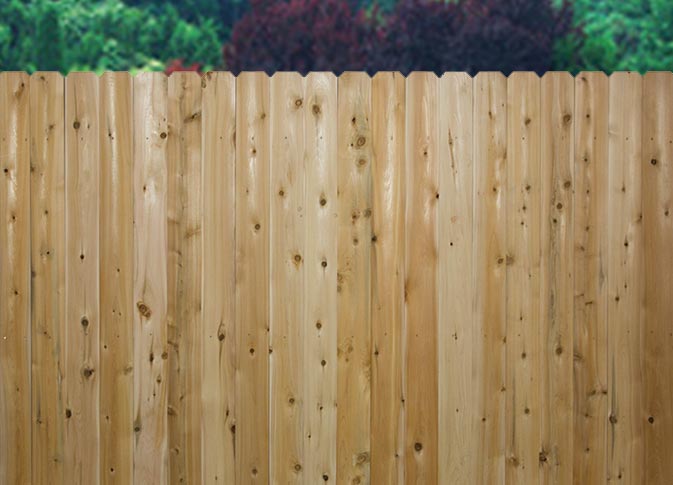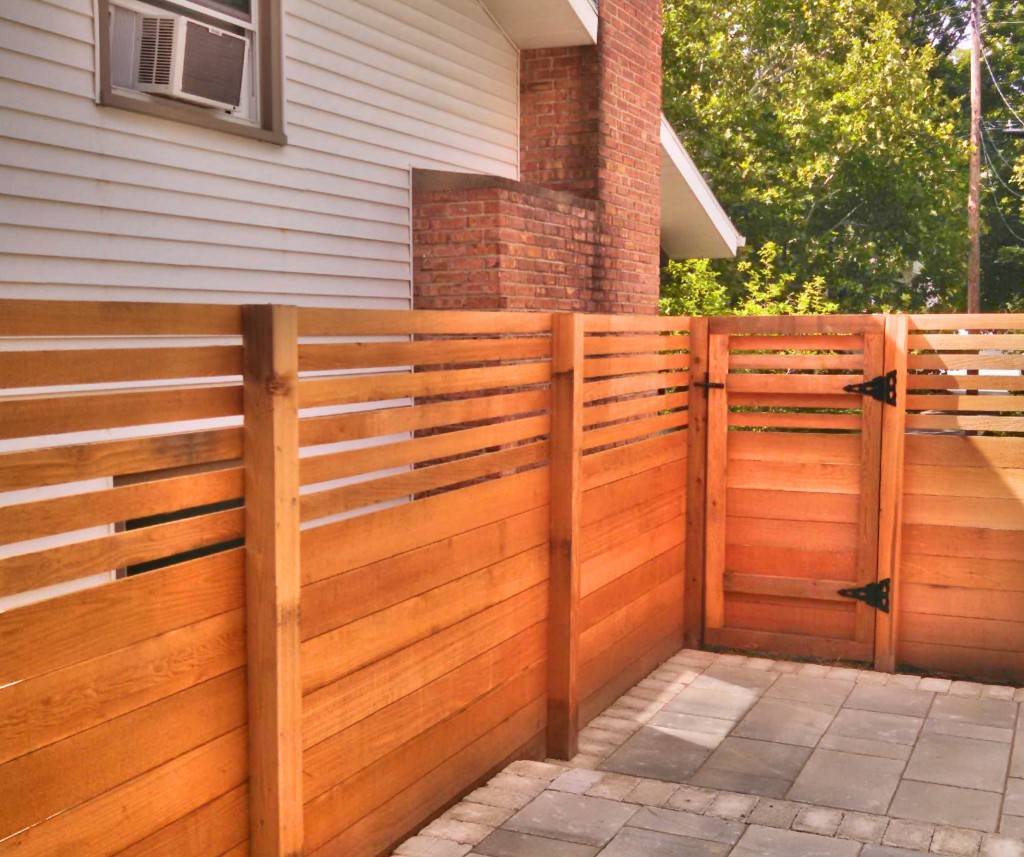When you and your fence contractor determine the site and measurements of a custom wood fence, the next step is to choose the right construction materials. Wood is frequently chosen for its aesthetic appeal, but not all Types of wood for fencing are the same. The right choice for wood fence projects depends on quality, durability, and the homeowner’s budget. Here, homeowners will get some tips on choosing wood for a fencing project.
Choosing a Wood Grade
When selecting wood grades for fencing projects there are several choices: clear grade, premium, select, and construction. These grades are preferred over quality, standard or better grade wood, which are less expensive but have flaws that can ruin a fence’s appearance and leave it more likely to deteriorate. Premium and clear woods are the most costly options due to their quality, durability, and uniform appearance.
Spruce, Fir, and Pine Fence

These three kinds of wood are common fencing choices because of their durability and affordability. Spruce is often used to build prefabricated picket or stockade fence panels. Fir and pine are in the pressure-treated wood category. They’re treated with chromated copper arsenate to prevent pest infestation. These woods are often treated with water-repellent stains that prevent rot and increase the fence’s lifespan.
Cypress and Cedar Fence

Cypress and cedar contain natural chemicals that deter insects, which makes these woods ideal choices for fencing projects. Cedar and cypress are resistant to rot and last longer than other woods. Homeowners should consider choosing treated wood that won’t turn gray with age. Cypress trees are indigenous to the southern US, and they’re often shipped a significant distance, which makes cypress a costly choice in many cases. However, cedar is a more budget-friendly wood fencing option.
Check Out Our Custom Wood Fence Design Guide!
Redwood Fencing
Redwood is the most expensive choice in wood fencing, and the high cost makes it impractical for long or large fences. However, its quality and aesthetic appeal make it a great choice. If a homeowner is on a budget but they still want redwood, a contractor may use it for the panels while using a lower-grade wood for the posts.
As shown here, there are several Types of wood for fencing. All have their benefits and drawbacks, and each choice is appropriate for different uses. Give us a call today for help in selecting the right type of wood for any residential fence design.

